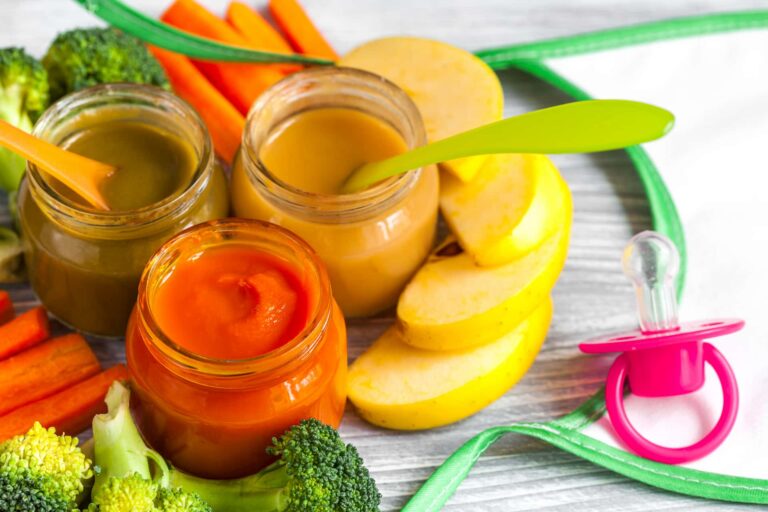
Low iron in children: causes and remedies
Iron is a very important nutrient to support children’s growth. Under normal health […]
What do we mean when we talk about low haemoglobin in children?
Haemoglobin is a protein present in red blood cells which binds molecular oxygen and transports it to tissues throughout the body. Let’s find out what is meant by low haemoglobin and what to do to maintain normal physiological levels.
Haemoglobin is a globular protein consisting of four polypeptide chains bound to a haem group, a chemical complex containing an iron ion (Fe2+). It is present in erythrocytes (red blood cells) and carries out two essential tasks for the body:
Given that iron is a key component of the structure of haemoglobin, low iron values, which indicate an iron deficiency, are often related to low haemoglobin values.
Whilst normal haemoglobin (Hb) values in adults are between 12 and 15.5 g/dL (grams per decilitre) for women and between 13.4 and 17.5 g/dL for men, in children, the average values vary depending on age and gender. In general, the minimum value does not fall below 10 g/dL.
The average haemoglobin values in children are as follows:
Birth: average 16.5 g/dL
First month: average 14.0 g/dL
2 months: average 11.5 g/dL
3-6 months: average 11.5 g/dL
From 6 months to 2 years: average 12.0 g/dL
2-6 years: average 12.5 g/dL
6-12 years: average 13.5 g/dL
12-18 year old women: average 14.0 g/dL
12-18 years men: average 14.5 g/dL
When the values are lower than normal, a low haemoglobin condition exists.
If laboratory tests show a moderate condition of low haemoglobin in a child, the paediatrician will assess the most suitable therapy to bring the values back to normal. The paediatrician will try to investigate the causes that led to a lowering of haemoglobin values in the blood and will act to mitigate them if it concerns sideropenic anaemia (iron deficiency anaemia). The therapy could include a diet with iron-rich foods or iron supplementation with food supplements.
Low haemoglobin values can occur in children and adolescents when:
In some cases, low haemoglobin values are associated with iron deficiency. Under normal health conditions, the first cause of an iron deficiency is an inadequate or insufficient dietary intake.
As regards infants fed exclusively with breast milk, the paediatrician could consider the administration of an iron supplement to make up the deficit until weaning or, in any case, until such time as the diet guarantees an adequate intake of this essential nutrient. However, it is advisable not to continue exclusive breastfeeding beyond the baby’s sixth month of life.
In infants fed with formula milk, the paediatrician may recommend iron-enriched formulas. However, it is not recommended to use or introduce cow’s milk before the first year of age. Cow’s milk is rich in calcium, which can hinder the correct absorption of dietary iron.
After weaning and during childhood and adolescence, it is always important that parents encourage proper nutritional education within the family. A varied and balanced diet provides for the intake of two types of iron: haem iron, present in animal-based foods (red meat, turkey, horse, tuna, cod, salmon, crustaceans and molluscs) and non-haem iron, present in plant-based foods (legumes, green leafy vegetables, whole grains, oat flakes). Non-haem iron is more difficult to absorb than haem iron, therefore, it is advisable to combine iron-rich fruits and vegetables with foods rich in vitamin C (kiwi, pineapple, orange, lemon), a substance that promotes the absorption of iron in the bowel.
In the event of major iron deficiencies, it is best to prevent children from consuming large amounts of milk and cheese (calcium-rich foods). Tea and chocolate are also foods that should be avoided due to tannins, which could reduce the absorption of dietary iron.
The technology that guarantees the best absorption of Iron.
Find out moreRegistered Office Via Campodavela, 1 56122 Pisa
Tel. +39 050 7846500
Fax +39 050 7846524
C.F. / P.Iva / Reg. Impr. 01679440501
Cap.Soc. € 1.123.097,70
I.V. | REA 146259
pharmanutra.it